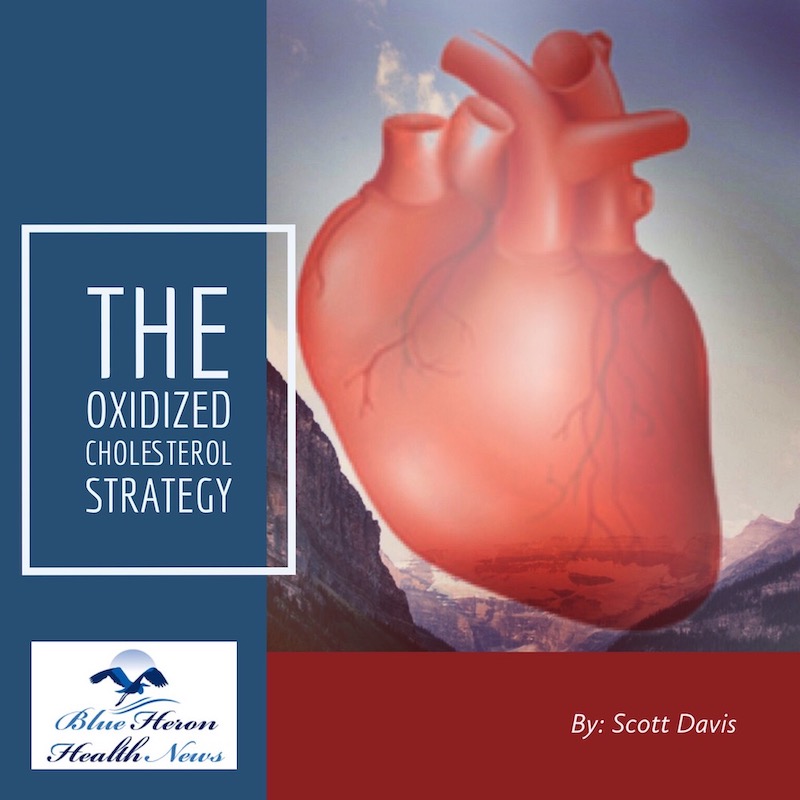
The Oxidized Cholesterol Strategy™ By Scott Davis The Oxidized Cholesterol Strategy is a well-researched program that reveals little known secret on how to tackle cholesterol plaque. This program will tell you step by step instructions on what you need to completely clean plaque buildup in your arteries so as to drop your cholesterol to healthy level.
How does oxidized cholesterol contribute to plaque formation in arteries?
Oxidized cholesterol plays a critical role in the formation of plaque in the arteries, which can lead to atherosclerosis—a condition characterized by the hardening and narrowing of the arteries. This process can eventually result in cardiovascular diseases such as heart attacks and strokes. Here’s how oxidized cholesterol contributes to plaque formation:
1. Formation of Oxidized LDL (Low-Density Lipoprotein)
- Oxidation of LDL: LDL cholesterol, often referred to as “bad cholesterol,” can undergo oxidation when it reacts with free radicals in the bloodstream. This process alters the structure of LDL, making it more likely to penetrate the walls of arteries.
- Role in Atherosclerosis: Oxidized LDL (oxLDL) is more likely to be taken up by macrophages (a type of white blood cell) in the arterial walls, which is a key step in the formation of atherosclerotic plaques.
2. Attraction of Immune Cells
- Immune Response: The body recognizes oxLDL as a harmful substance, prompting an immune response. Macrophages engulf the oxLDL to form foam cells, which are fat-laden cells that accumulate within the arterial walls.
- Plaque Formation: Over time, these foam cells build up, leading to the formation of fatty streaks, which are the early stages of plaque. As more oxLDL is consumed by macrophages, the fatty streaks grow into larger plaques.
3. Plaque Development and Instability
- Growth of Plaques: As plaques grow, they can become unstable and prone to rupture. A ruptured plaque can lead to the formation of a blood clot, which can block the artery and cause a heart attack or stroke.
- Chronic Inflammation: The presence of oxLDL also triggers chronic inflammation in the arterial walls, contributing further to the progression of atherosclerosis.
4. Hardening of Arteries
- Calcium Deposition: Over time, the buildup of plaques can lead to calcification (hardening) of the arteries, reducing their flexibility and further narrowing the arterial lumen, which restricts blood flow.
Sources:
- American Heart Association: Explains the role of LDL cholesterol in heart disease and how oxidized LDL contributes to plaque formation (AHA Link).
- National Institutes of Health (NIH): Provides details on the mechanisms of atherosclerosis and the role of oxidized cholesterol (NIH Link).
- Journal of the American College of Cardiology: Discusses the impact of oxidized LDL on cardiovascular health and its contribution to atherosclerosis (JACC Link).
In summary, oxidized cholesterol contributes to plaque formation in arteries by promoting the accumulation of foam cells and triggering chronic inflammation, both of which are key processes in the development of atherosclerosis. This, in turn, increases the risk of cardiovascular events like heart attacks and strokes.
The Oxidized Cholesterol Strategy™ By Scott Davis The Oxidized Cholesterol Strategy is a well-researched program that reveals little known secret on how to tackle cholesterol plaque. This program will tell you step by step instructions on what you need to completely clean plaque buildup in your arteries so as to drop your cholesterol to healthy level.
